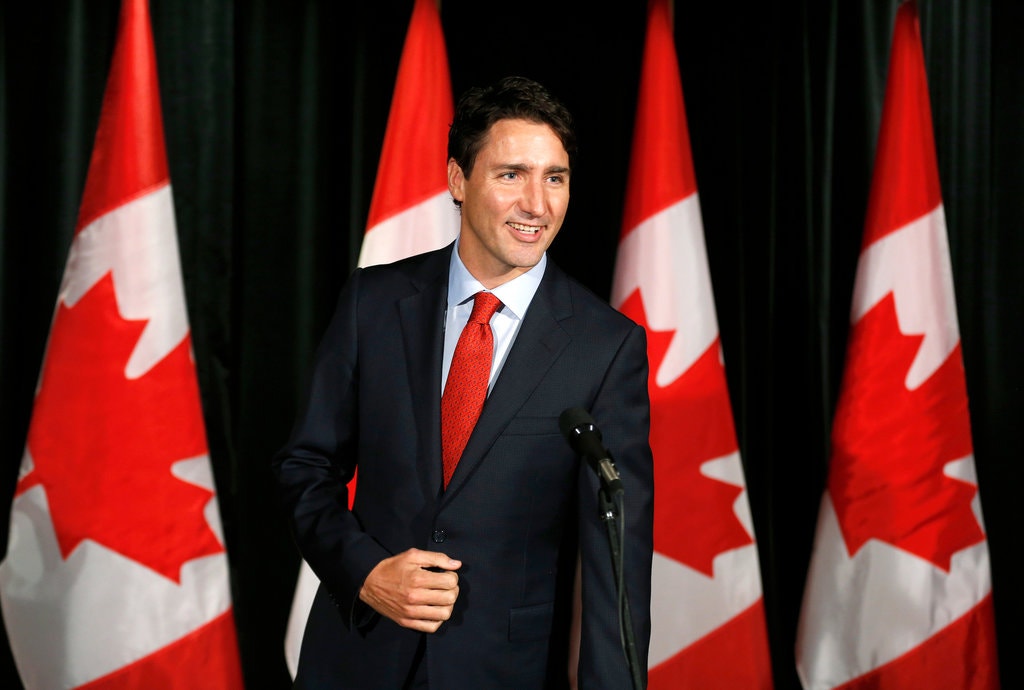
Ottawa has made it easier for thousands of immigrants living in Canada to become permanent residents, a sign that policy makers are focused on hitting an aggressive target for 2021 after last year’s intake fell way short because of the COVID-19 pandemic.
Immigration Canada invited 27,332 people to apply for permanent residency through Express Entry, a system designed to approve applications in six months or less. The candidates were part of the Canadian Experience Class category, which requires immigrants to have at least one year of recent work experience in the country.
The weekend invitation was more than five times larger than the typical draw under the program. Draws tend to happen every couple weeks and usually result in just 3,000 to 5,000 invitations. This time, to send out significantly more invitations, Immigration Canada slashed the number of points required to get an invite.
Immigration to Canada drops to lowest level since 1998
Nearly all of those people – 90 per cent – are already living in Canada, the federal government said. The move reflects efforts by Ottawa to prioritize those already in the country to add 401,000 new permanent residents in 2021, a target that has been complicated by border restrictions because of COVID-19.
Canada is coming off an exceptionally weak year for immigration. Roughly 184,000 new permanent residents were added in 2020, the lowest since 1998, and well short of the 341,000 target. To make up for that setback, Ottawa has ramped up its intake goals for the next three years.
Express Entry is one avenue for becoming a permanent resident. In gaining entry to that pool of candidates, people are assigned a score that’s based on a number of factors, including English or French language skills, age, education and work history.
For each draw, a cut-off score is set. Typically, the minimum score for those in the Canadian Experience category is above 400. Successful candidates were often younger than 30, had strong language skills, advanced degrees and extensive Canadian work experience.
This time, however, the points threshold for the weekend draw was just 75, essentially allowing all available candidates to qualify.
For many observers, the lowered cut-off was a seismic event for the Express Entry system. Mikal Skuterud, a University of Waterloo economics professor, likened Saturday’s move to a university dramatically lowering its grade requirements to boost enrolment.
“What the government did on Saturday is signal very clearly, our only objective here is to hit the target,” he said.
The abrupt shift sent immigration lawyers scrambling to contact clients on the weekend who had been advised to hold off on applying because their scores were considered to be too low.
The changes open a path for many immigrants to become permanent residents who may have otherwise struggled, such as people in their 40s and older and who may have a bachelor’s degree or less education, said Mark Holthe, an immigration lawyer in Lethbridge, Alta., who specializes in Express Entry applications.
“These people are here. They’ve been working, they’ve been paying taxes, they speak the language, they’re adjusted,” he said. “They’re quality candidates every bit as much as those with super-high human capital.”
But the weekend draw also cast uncertainty over the Express Entry system, raising questions about whether Ottawa intends to keep its criteria lowered for future draws, or boost targets for other immigration streams.
“What the government has done is basically throw away the playbook,” said Toronto immigration lawyer Sergio Karas. “They have really transformed the Express Entry system into a lottery ticket. The message that has been sent overseas is that this is a government that is desperate to meet their quotas.”
Mr. Karas said the aggressive targets in this recent draw have exhausted the pool of domestic candidates in the Canadian Experience Class program, meaning future draws will likely have to target people living overseas.
Prof. Skuterud questioned the timing of Ottawa’s immigration push, given tough labour conditions during the pandemic. As of January, there were nearly two million people who fit Statistics Canada’s definition of unemployed – largely, that one must be available and searching for work – while another 700,000 wanted work but weren’t looking.
“The evidence is overwhelming, that immigrants who enter labour markets during recessions … struggle more than immigrants who don’t,” he said. By lowering the points cut-off, “that means having immigrants who are going to struggle more.”
The sheer size of the weekend draw is also likely to upend immigration targets set by various provinces under the Provincial Nominee Program, which frequently draws from the same pool of domestic candidates. The Alberta government, for instance, had planned to restrict its provincial nominees to only those immigrants already working in Alberta.
“Instantly their whole pool of candidates is going to be gutted,” Mr. Holthe said. “They’re going to have to look at people that are outside of Canada now, I believe, in order to meet those targets.”








